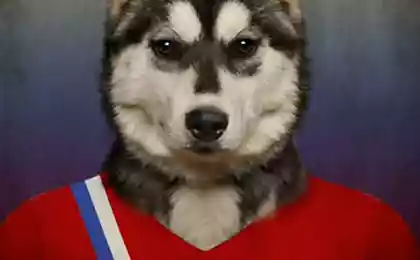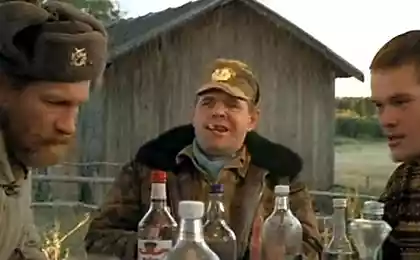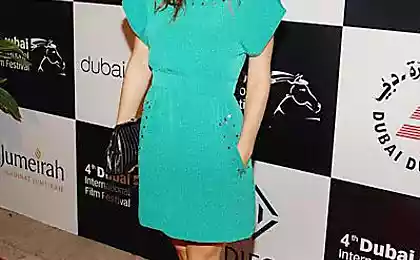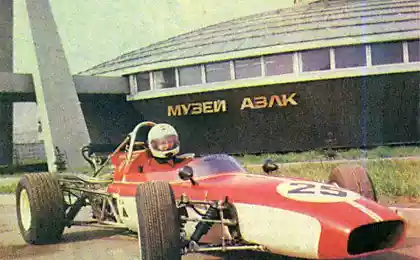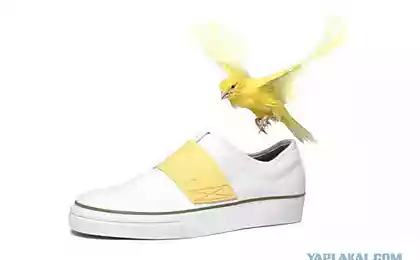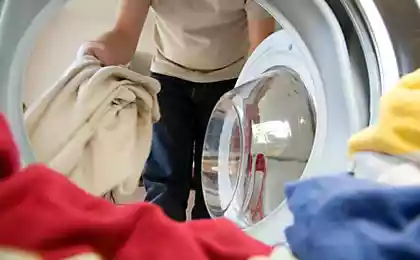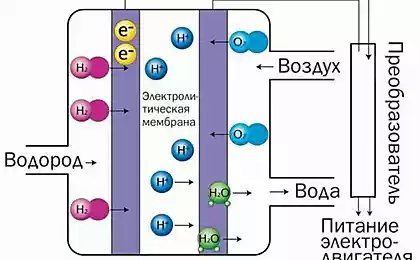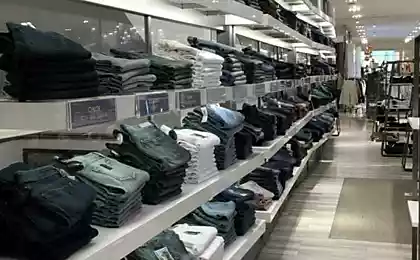895
Recognizable elements of national clothes
11 photos + text
It is difficult to arrange these elements of national costumes in some understandable sequence because each of them is familiar to everyone, so for proximity to me.

1. Embroidery
Colloquial name of traditional Ukrainian embroidered shirt. Many variations of the embroidery design has been created in the XIX century. Usually they were made from home-made fabric that was woven on the machine. Local features usually found reflection in the ornament shirt.
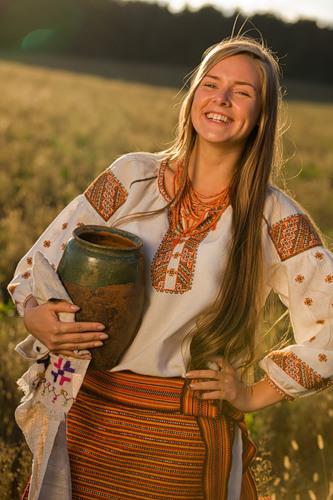
2. Kokoshnik
Old Russian headdress in the form of the ridge (vane or rounded shield) around the head, the symbol of Russian traditional costume. The etymology of the word "Kokosh" means rooster or chicken hen.
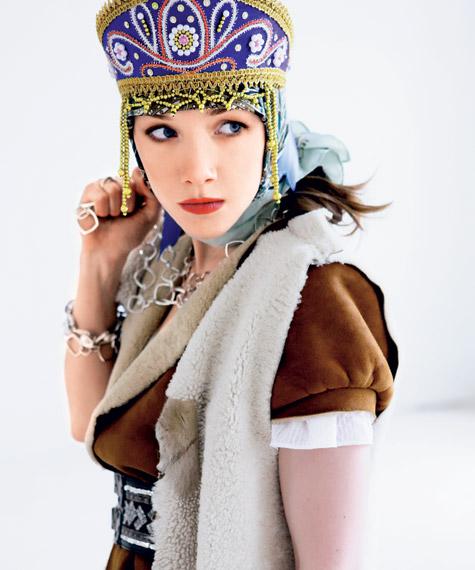
3. Cherkessk and Gazyr
Russian name of the top men's clothes - coat, which was distributed in use in many nations of the Caucasus. Circassian were Abaza, Abkhaz, Circassians, Balkars, Georgians, Ingush, Kabardians, Karachai, Circassians, Chechens, the peoples of Dagestan and others. Gazyr - zaryadets hermetically sealed cylindrical penalchik, a receptacle for a pre-measured powder charge or paper cartridge. Gazyr often worn over the Circassian.
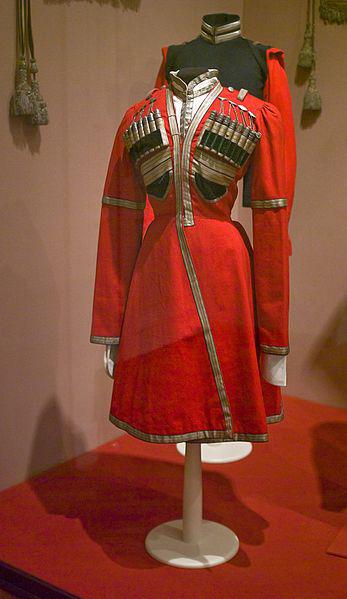
4. Dirndl
Women's clothes German-speaking Alpine region (Germany, Austria, Liechtenstein). The upper part of the costume consists of a blouse with a corset or fitting bodice bottom of the wide skirt with the obligatory bright apron; Traditionally sewn from natural fabrics. Title costume came from it. Dirne - female servants; in this way the Alpine peasant dress.

5. Kilt
subject of men's national Scottish clothing, traditional clothing Highlanders of Scotland. Kilt is a piece of cloth wrapped around the waist, pleated (collected folds) back and fastened using 2-3 buckles and straps; usually the kilt is worn with a special handbag for small things, called sporran.

6. keffiyeh
Male head scarf, popular in the Arab countries. Keffiyeh is an integral part of the male wardrobe in Muslim countries. Serves to protect the head and face from the sun, sand and cold. The name "arafatka" keffiyeh was a Russian-speaking countries in the 80 years of the twentieth century, when on television often showed Yasser Arafat an integral part of the image which was keffiyeh.
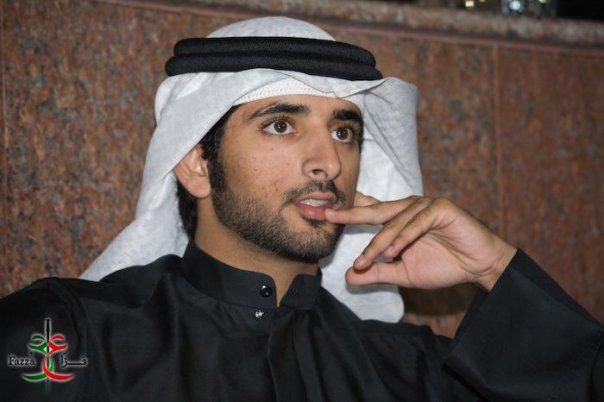
7. Sari
traditional women's clothing in the Indian subcontinent, which is a piece of fabric length from 4, 5 to 9 meters, a width of 1, 2 meters, in a special way Wrapped around the body. Along the entire fabric can pass border, pattern on the lower or upper and lower edge, paint application, or simply sewn embroidered ribbon.

8. ple
In 1632nd left the imperial edict, by which all Chinese women, vhodivschie in class "Qi", had to wear Qipao Chinese clothes instead of their own. Ple, while the wide dress, completely hides the shape and ostavlyalvshee visible only the head, hands and toes shoes. In 1644 the Manchus weakened this requirement by allowing the majority to wear Chinese clothes, but Qipao chanshan and continued to gradually spread and become recognizable and a symbol of Chinese national costume.

9. Kimono
Traditional clothes in Japan. From the middle of the XIX century is considered the Japanese "national costume". Also is working clothes kimono geisha and maiko
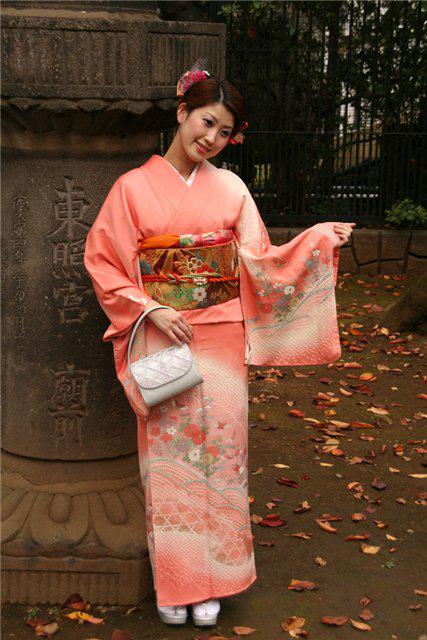
10. sombrero and poncho
Wide-brimmed hat with a high conical tulёy and usually with rounded edges up fields. Part of the Mexican national costume. Peasant sombrero - straw, and more expensive sombrero made of felt. Poncho - Latin American traditional outerwear in the form of a large rectangular piece of fabric with an opening for the head in the middle.
source

Source:
It is difficult to arrange these elements of national costumes in some understandable sequence because each of them is familiar to everyone, so for proximity to me.

1. Embroidery
Colloquial name of traditional Ukrainian embroidered shirt. Many variations of the embroidery design has been created in the XIX century. Usually they were made from home-made fabric that was woven on the machine. Local features usually found reflection in the ornament shirt.

2. Kokoshnik
Old Russian headdress in the form of the ridge (vane or rounded shield) around the head, the symbol of Russian traditional costume. The etymology of the word "Kokosh" means rooster or chicken hen.

3. Cherkessk and Gazyr
Russian name of the top men's clothes - coat, which was distributed in use in many nations of the Caucasus. Circassian were Abaza, Abkhaz, Circassians, Balkars, Georgians, Ingush, Kabardians, Karachai, Circassians, Chechens, the peoples of Dagestan and others. Gazyr - zaryadets hermetically sealed cylindrical penalchik, a receptacle for a pre-measured powder charge or paper cartridge. Gazyr often worn over the Circassian.

4. Dirndl
Women's clothes German-speaking Alpine region (Germany, Austria, Liechtenstein). The upper part of the costume consists of a blouse with a corset or fitting bodice bottom of the wide skirt with the obligatory bright apron; Traditionally sewn from natural fabrics. Title costume came from it. Dirne - female servants; in this way the Alpine peasant dress.

5. Kilt
subject of men's national Scottish clothing, traditional clothing Highlanders of Scotland. Kilt is a piece of cloth wrapped around the waist, pleated (collected folds) back and fastened using 2-3 buckles and straps; usually the kilt is worn with a special handbag for small things, called sporran.

6. keffiyeh
Male head scarf, popular in the Arab countries. Keffiyeh is an integral part of the male wardrobe in Muslim countries. Serves to protect the head and face from the sun, sand and cold. The name "arafatka" keffiyeh was a Russian-speaking countries in the 80 years of the twentieth century, when on television often showed Yasser Arafat an integral part of the image which was keffiyeh.

7. Sari
traditional women's clothing in the Indian subcontinent, which is a piece of fabric length from 4, 5 to 9 meters, a width of 1, 2 meters, in a special way Wrapped around the body. Along the entire fabric can pass border, pattern on the lower or upper and lower edge, paint application, or simply sewn embroidered ribbon.

8. ple
In 1632nd left the imperial edict, by which all Chinese women, vhodivschie in class "Qi", had to wear Qipao Chinese clothes instead of their own. Ple, while the wide dress, completely hides the shape and ostavlyalvshee visible only the head, hands and toes shoes. In 1644 the Manchus weakened this requirement by allowing the majority to wear Chinese clothes, but Qipao chanshan and continued to gradually spread and become recognizable and a symbol of Chinese national costume.

9. Kimono
Traditional clothes in Japan. From the middle of the XIX century is considered the Japanese "national costume". Also is working clothes kimono geisha and maiko

10. sombrero and poncho
Wide-brimmed hat with a high conical tulёy and usually with rounded edges up fields. Part of the Mexican national costume. Peasant sombrero - straw, and more expensive sombrero made of felt. Poncho - Latin American traditional outerwear in the form of a large rectangular piece of fabric with an opening for the head in the middle.
source

Source:

